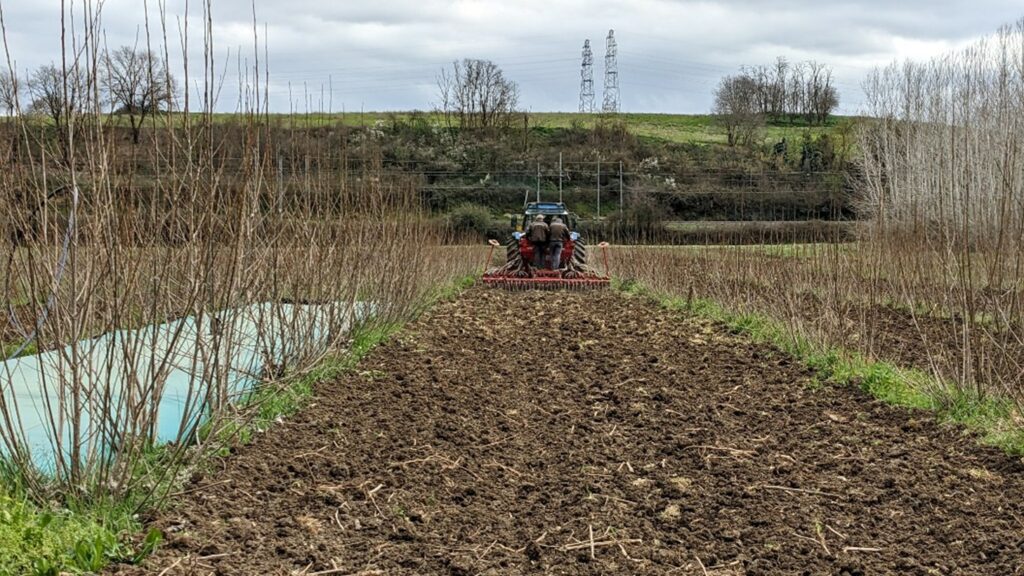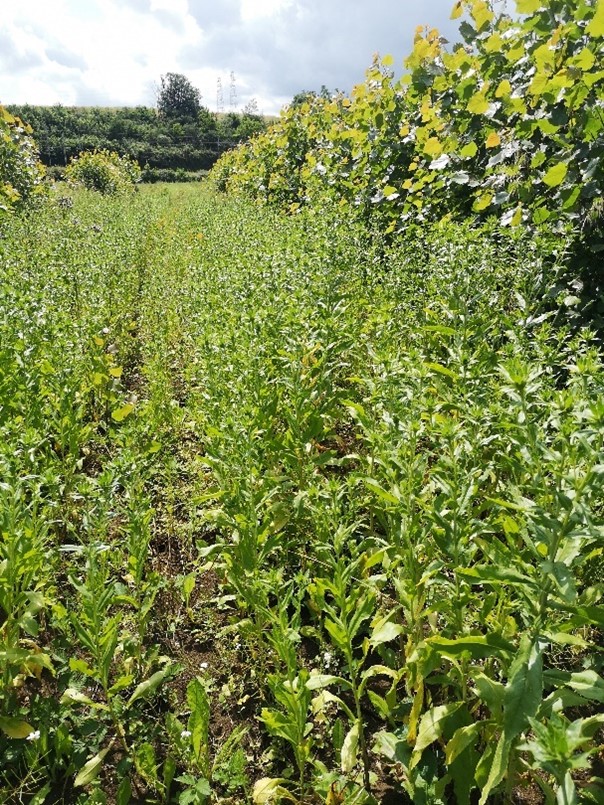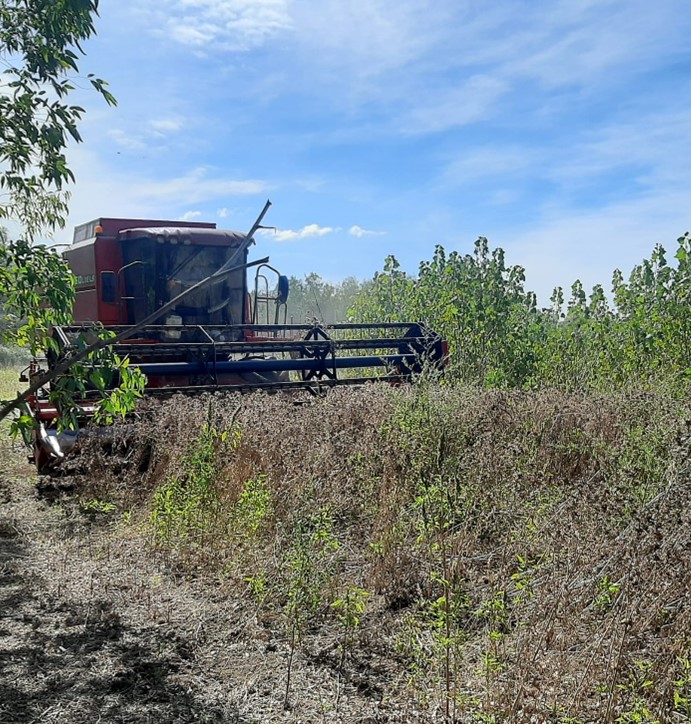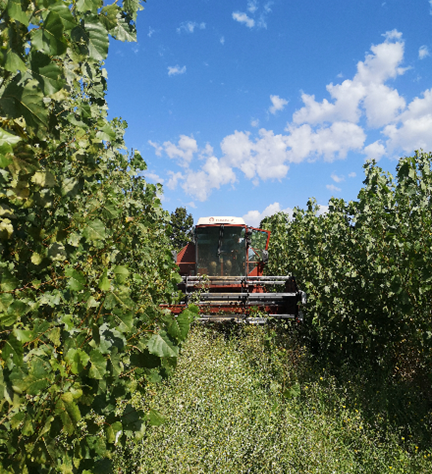One of the aims of MIDAS is to demonstrate innovative farming systems to grow industrial crops on marginal land, such as intercropping and agroforestry, that mitigate soil erosion and maintain or even strengthen ecosystem services and biodiversity.
Agroforestry is a sustainable land-use system that combines agriculture and forestry to create more diverse, productive, and profitable agroecosystems. It can be considered as a practice of regenerative agriculture that can help to:
- Improve soil health: trees and shrubs can help to improve soil structure, increase organic matter content, and reduce erosion;
- Increase biodiversity: agroforestry systems can provide habitat for a variety of plants and animals, which can help to improve pollination and pest control;
- Mitigate climate change: trees can sequester carbon from the atmosphere, and they can also help to regulate temperature and water flow;
- Improve water quality: trees and shrubs can help to filter water and reduce nutrient runoff;
- Provide economic benefits: agroforestry systems can provide a variety of products, such as timber, fruit, and nuts, which can be sold or used for subsistence.
This year MIDAS partners established five agroforestry demo fields in Italy, Greece, Spain, Poland and Hungrary, in which industrial crops such as carinata, safflower, industrial hemp, crambe and fiber sorghum are grown in the interspace between rows of woody species such as poplar, Siberian elm and willow.
One of the demo fields is at the experimental farm of CREA-IT in Monterotondo (Rome) and hosts a 12-year-old short rotation poplar plantation with 6 meters of interspace between the tree rows that can be cultivated. This year our researchers grew crambe (Crambe abyssinica) and safflower (Carthamus tinctorius) between the rows and evaluated the mechanization, the agronomic aspects and the productivity of both the trees and the crops, comparing the performance against a traditional short rotation plantation.


The abundant rainfall occurred during last spring led to water-logging in several areas of the field, which affected the plant growth, nevertheless the crops managed to complete their development and were successfully harvested in summer with a traditional combine harvester. Both the wood from the poplar and the seeds from the crops can be used as a feedstock for bio-based products. For example, in MIDAS woody feedstock is used for the manufacturing of particleboards or MDF panels, and for the production of biochar and nanofibers, while the oilseeds can be used to produce bio-lubricants and biodegradable mulching film.
The tests will continue also in the next years and aim to demonstrate that it is possible to grow both annual and perennial crops on marginal land, through innovative systems such as agroforestry, providing both different income streams for farmers and feedstock for the European bioeconomy, while preserving biodiversity.



